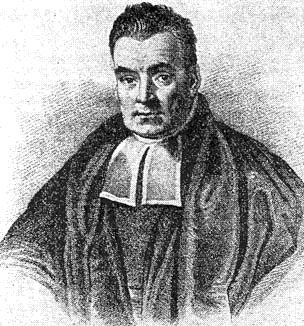There’s a lot to be thankful for on this (American) Thanksgiving weekend. Suppressing the dragon uprising for example...
[News: The Dragon Phylogeny is currently on sale ($9.99) at Threadless.com
Coming Jan 2013: Detailed analysis of the Dragon Phylogeny]
Coming Jan 2013: Detailed analysis of the Dragon Phylogeny]
 |
Lincoln Crushing the
Dragon of Rebellion
David Gilmour Blythe, 1862
Oil on canvas, 18 x 22 inches
|
Abraham
Lincoln was not just the 16th president of the United States,
immortalized on the U.S. penny (yes they still have those for some reason) and
over 50 postage stamps, a fictional vampire slayer, a patent holder (U.S. No. 6469),
and the subject of a new Spielberg Movie. Good old Honest Abe can also add
‘dragon slayer’ to his considerable C.V.
In our
ongoing search to build and expand the Dragon Phylogeny, we came across this
gem by American artist David Gilmour Blythe (1815-1865). This oil on canvas painting from 1862 shows
Lincoln about to lay the beat down on a nasty little dragon using nothing but a
wooden maul. None of us have seen the Spielberg movie or read Doris Kearns
Goodwin's biography yet, so we don’t know if this scene is mentioned, but it
should be!
This
painting is particularly interesting because it represents one of the
relatively few cases of a New World dragon in a depiction predating 1923 – the
cut-off date for inclusion the Dragon Phylogeny. There are also some
morphological peculiarities that are not evident in most of the Old World
dragons. In particular, the hoofed feet, fish-like or possibly serpentine
scales, and brown patches resembling fur. It is within the average size of the
European dragon of the same period and has a head morphology intermediate to
the European and Oriental forms. Unfortunately this image was not included in
the phylogeny because we weren’t sure whether it has four legs or just two –
and number of legs is a key diagnostic characteristic in the analysis. But we
thought it would be noteworth given the recent surge of interest in Lincoln’s
life.
Apart from
its physical appearance, this dragon has enormous strength, having just toppled
a marble column with nothing but its tail. It also appears to have fire breath,
given the burning building from which it has just emerged and the massive city
fire in the background. Compared to Abe Lincoln’s chicken legs, the
marble-smashing tail suggests that the dragon has vastly superior strength
despite its size. Lincoln has the additional handicap of being chained to a
wooden stump by Popeye the Leprechaun. Yet this dragon is about to get its ass
handed to it. At least I presume this is the case since there is good
historical evidence that Lincoln died <SPOILER ALERT> from a shot to the
head </SPOILER> and not in the jaws of a dragon.
Actually,
the painting is a sort of political commentary analogous to modern political
cartoons albeit with more subtle critiques. The dragon represents the rebellion
by the Confederate States, as suggested by the painting’s title “Lincoln Crushing the Dragon of Rebellion” and its
destruction of the pillars of… I’m going to say America? The stump is also labelled
with the inscription “democracy” and overlain with the Constitution. note how THEY ARE BOTH IN ALL-CAPS INDICATING THAT THEY ARE TO BE YELLED, maybe? Actually, this
appears to be a critique of the constraints of the democratic process and the limits
to presidential power that are perceived to be constraining Lincoln’s ability
to supress the dragon of rebellion. The little Irish dude seems to be a
caricature of the Irish immigrants, who at the time were criticized by the
previously established WASPy immigrants. This is a bit awkward since the artist
Blythe was himself a descendant of Scottish and Irish immigrants. The
significance of the maul probably connects to Lincoln’s nickname ‘rail
splitter’, which refers to his early job splitting logs to use as fence rails.
It was a key title emphasizing Lincoln’s connect to the average American.
Despite the connection, a massive sword would be a much better tool with which to
smite a dragon.
 |
| One Nation Under God Jon McNaughton Oil on Canvas, 2009 http://www.jonmcnaughton.com/one-nation-under-god-2 |
Looking much better, Abe. Now tell that politician to get off his cell phone and talk to Jesus.
